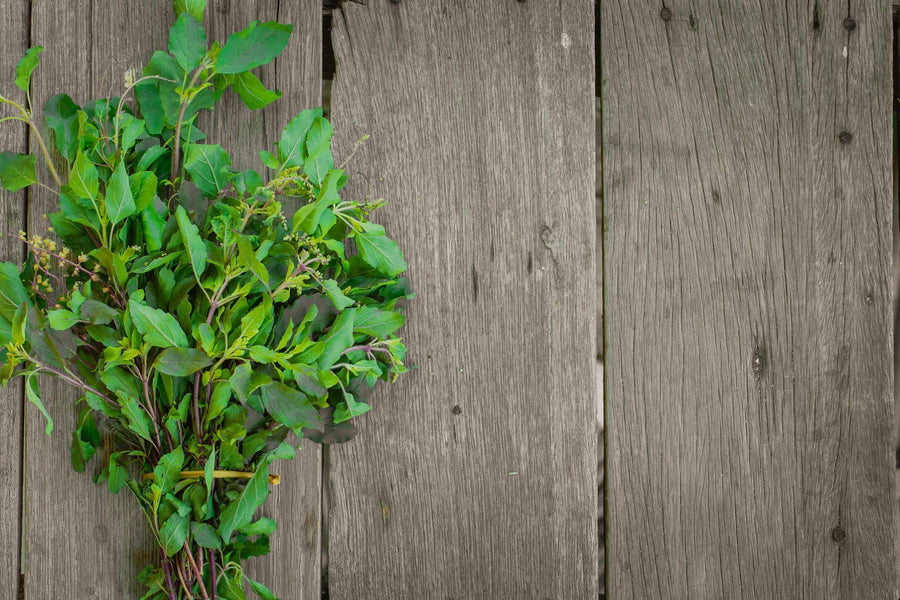You care about what goes into your body, and so do we. That’s why we want you to know the story behind every plant that we put inside your coffee
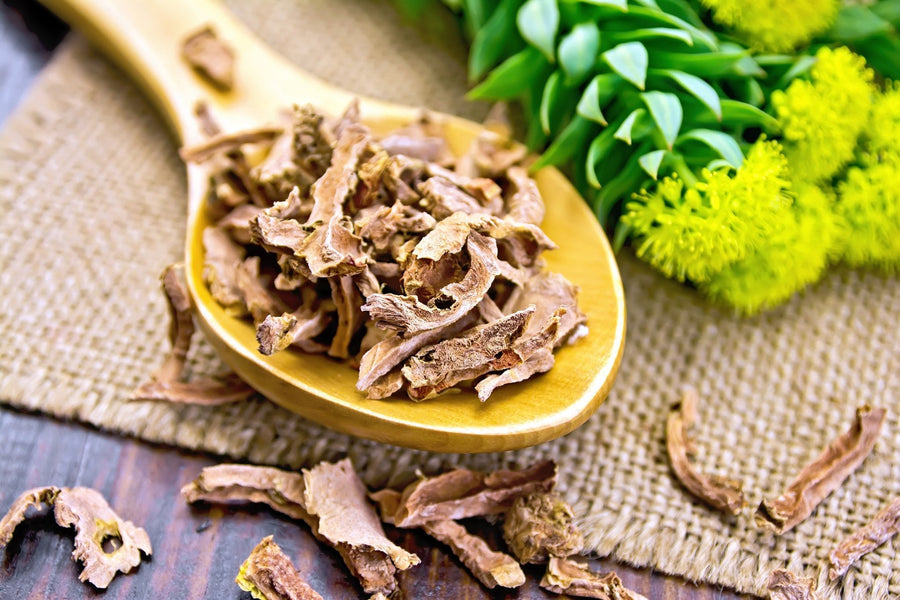
RHODIOLA ROSEA L.
Rhodiola root is a perennial in the stonecrop family. Rhodiola root is also commonly known as rosenroot, for the rose-like aroma of its roots. While it is commonly referred to as rhodiola root, it is the rhizome, or underground stem, that is used in herbalism. Rhodiola root has a long history of being used to increase physical and mental stamina, as well as providing support for the immune system.
Eleutherococcus senticosus
The roots and leaves of Eleuthero are used as an adaptogen — a type of herb that aids the body in managing daily stress, helps reduce the level of pro-oxidants produced during emotional or physical strain. It stimulates the central nervous system, combats drowsiness, offers an energizing effect, and boosts both general metabolism and carbohydrate metabolism. We’re passionate about Eleuthero and we think you’ll love it too!
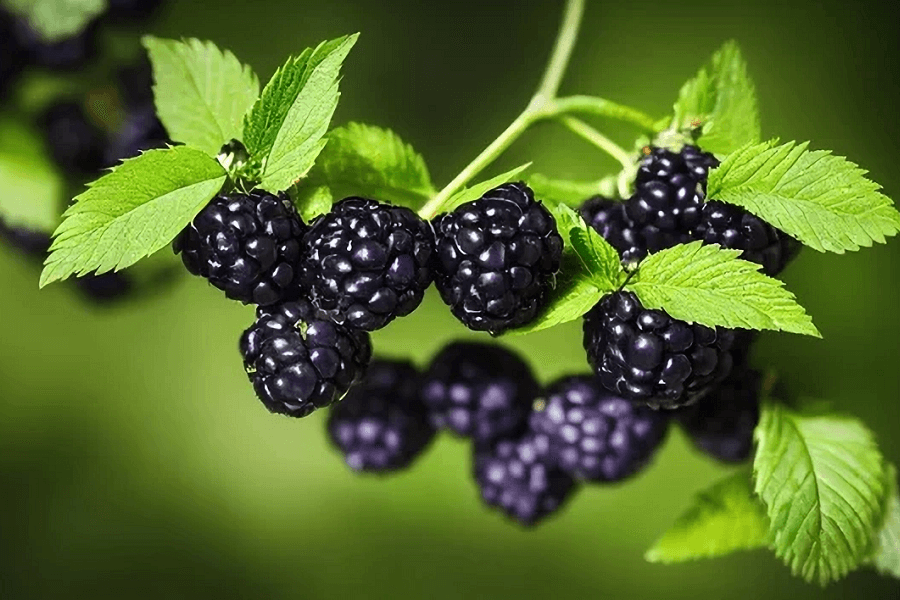
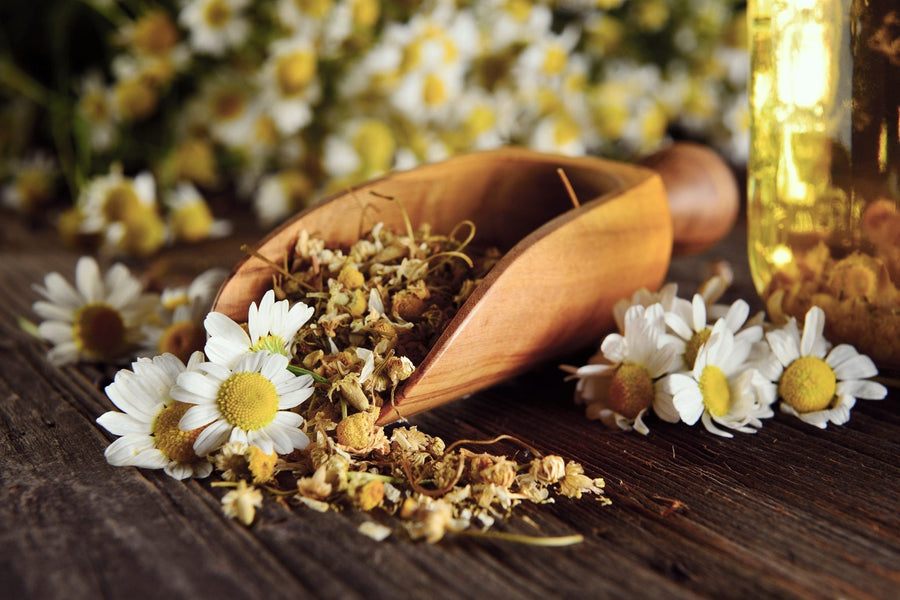
MATRICARIA CHAMOMILLA L.; M. RECUTITA L.
Chamomile flower was one of the nine sacred herbs of the Saxons and is highly revered in Ukraine. Chamomile flower has been cherished for millennia for its gentle soothing effects, so drink it when you want to let worries evaporate and enter a state of serene balance
BACOPA MONNIERI (L.) WETTST
Bacopa leaf has long been prized as a plant that can sharpen the mind and intellect. Our ancestors used bacopa leaf to memorize long texts, and modern research shows that they were not wrong. Bacopa was also called «mind-expanding.» You’re going to want some of that in your cup.
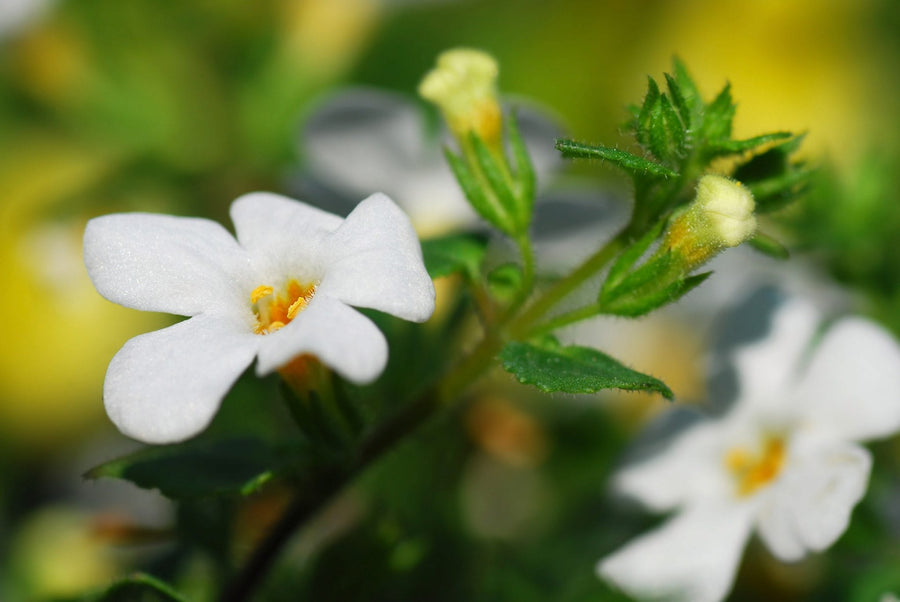
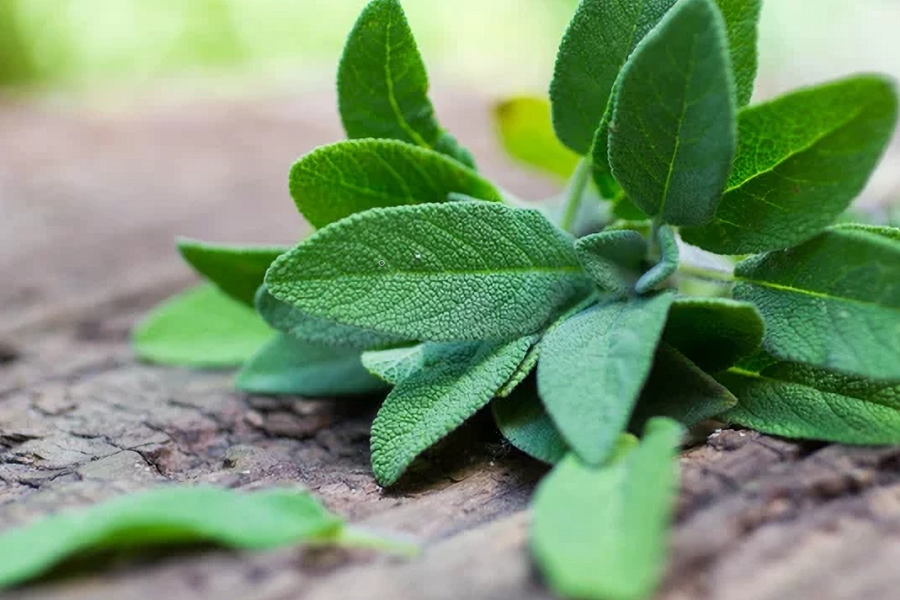
Salvia officinalis
The value of sage has been recognized for a long time in human history. Due to the vitamins and essential oils in its composition, it has an anti-stress and calming effect. Additionally, it improves both short-term and long-term memory, as well as increases concentration.
Schisandra chinensis
Schisandra chinensis was first mentioned about two and a half thousand years ago as a medicinal remedy, excellent for relieving fatigue and restoring strength, toning and stimulating the body. For centuries it has been actively used in folk medicine. It improves visual acuity, normalizes digestion, restores metabolism and promotes more productive mental work.
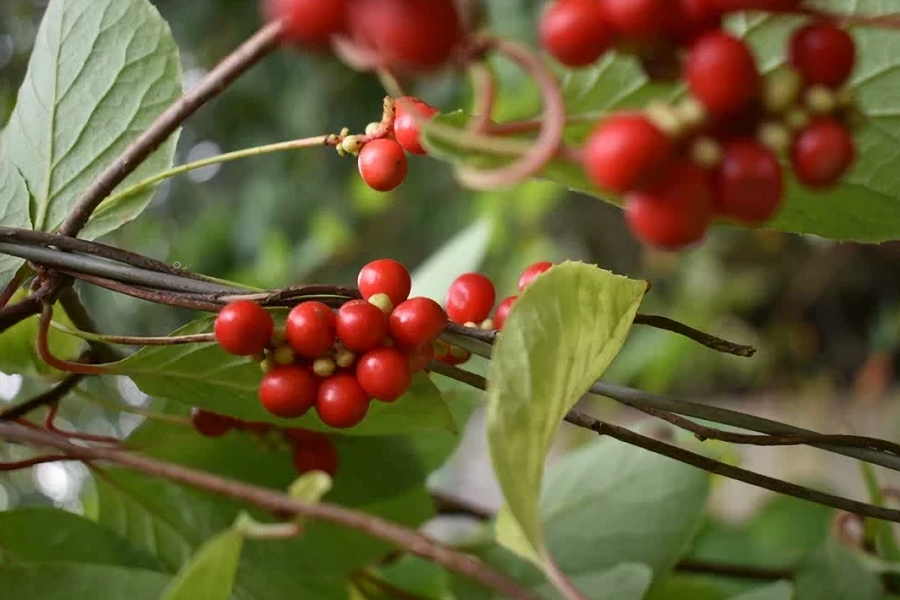
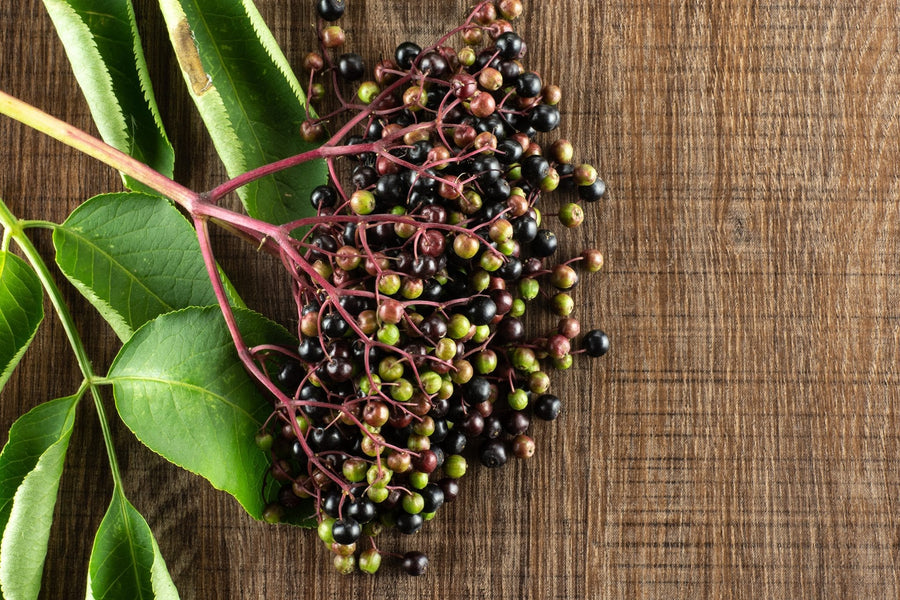
SAMBUCUS NIGRA
The word “elder” is derived from the Anglo-Saxon word æld, meaning fire, because one could start a fire by blowing through its young, hollow branches. The nutritious ripe, cooked berries have long been used for making jams, jellies, syrups, pies and wine. These delicious purple-black colored berries have also been shown to support a healthy immune response. Elderberry fruit is the perfect herbal ally when the temperature starts to drop and you’re looking to give yourself an edge.
OCIMUM TENUIFLORUM L., O. SANCTUM L.
Basil (Tulasi in Sanskrit) is perhaps the most sacred plant in India after the lotus. Ancient texts speak of its beneficial effects on the mind and thoughts. The appearance of basil in Europe dates back to the era of Alexander the Great. It immediately gained fame as a spice worthy of the royal table. Modern science has confirmed that basil leaf promotes mental clarity, creating a relaxed and calm state of mind. Think of it as yoga in a cup.
